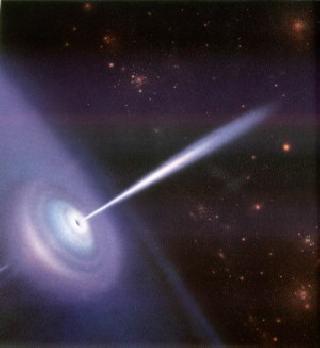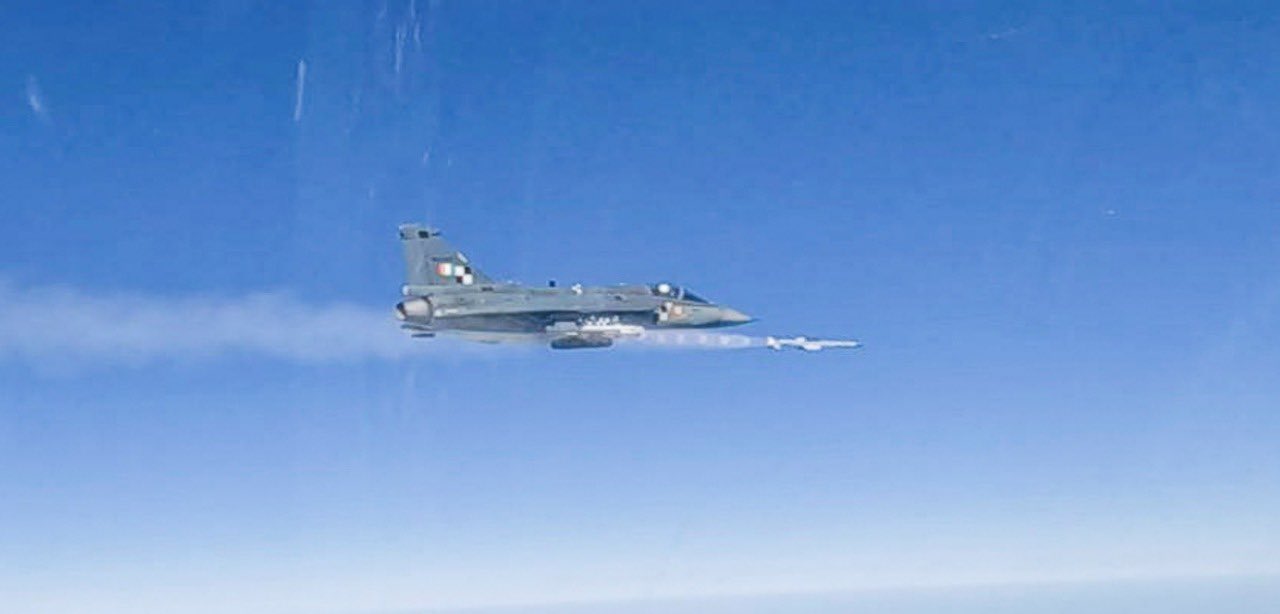
LONDON (BNS): If you think that the phenomena of climate change and global warming only affect our Earth, then think again.
The Universe too underwent temperature variations in its early history, a team of UK astronomers has said.
Measuring the temperature of the gas that lies in between galaxies, the astronomers have found that it had increased steadily over the period from when the Universe was one tenth to one quarter of its present age.
And this “cosmic climate change,” believe the researchers, was most likely caused by the huge amount of energy emitted by young, active galaxies during this epoch.
Explaining the phenomenon, University of Cambridge astronomer George Becker said, “Early in the history of the universe, the vast majority of matter was not in stars or galaxies. Instead, it was spread out in a very thin gas that filled up all of space.”
The team, led by Becker, was able to measure the temperature of this gas using the light from distant objects called ‘quasars’.
“The gas, which lies between us and the quasar, adds a series of imprints to the light from these extremely bright objects, and by analyzing how those imprints partly block the background light from the quasars, we can infer many of the properties of the absorbing gas, such as where it is, what it’s made of, and what its temperature is,” the lead researcher said.
The quasar light, studied by the astronomers, was more than 10 billion years old by the time it reached Earth, thereby travelling through vast tracts of the Universe. Each intergalactic gas cloud the light passed through during this journey left its own mark. This provided a “fossil record” of temperature in the early Universe.
“Just as Earth's climate can be studied from ice cores and tree rings, the quasar light contains a record of the climate history of the cosmos,” Becker said, adding that this temperature, however, was different from we find on Earth.
“One billion years after the Big Bang, the gas we measured was a ‘cool’ 8,000 degrees Celsius. By three and a half billion years the temperature had climbed to at least 12,000 degrees Celsius,” the researcher said.
The significance of this measurement is that this temperature variation was contrary to the “normal” cosmic climate patterns. Normally, with time, the Universe is expected to cool down and the gas it contains should get colder.
But the gas the astronomers measured by using data taken by the Keck telescopes in Hawaii had heated up.
“The likely culprits in this intergalactic warming are the quasars themselves,” said fellow team member Martin Haehnelt.
“Over the period of cosmic history studied by the team, quasars were becoming much more common. These objects, which are thought to be giant black holes swallowing up material in the centres of galaxies, emit huge amounts of energetic ultraviolet light. These UV rays would have interacted with the intergalactic gas, creating the rise in temperature we observed,” the researcher said.
The gas helium, abundant in the intergalactic clouds, played a major role in this heating up process. Ultraviolet light stripped the electrons from a helium atom, freeing the electrons to collide with other atoms and heat up the gas. Once the supply of fresh helium was exhausted, the Universe started to cool down again.
Astronomers believe this probably occurred after the cosmos was one quarter of its present age.
The research results appear in the forthcoming issue of Monthly Notices of the Royal Astronomical Society.
 Previous Article
Previous Article Next Article
Next Article












The Indian Air Force, in its flight trials evaluation report submitted before the Defence Ministry l..
view articleAn insight into the Medium Multi-Role Combat Aircraft competition...
view articleSky enthusiasts can now spot the International Space Station (ISS) commanded by Indian-American astr..
view article